BOOK REVIEW
Twitcher’s delight: Southern African birdlife vibrantly captured in new photographic guide
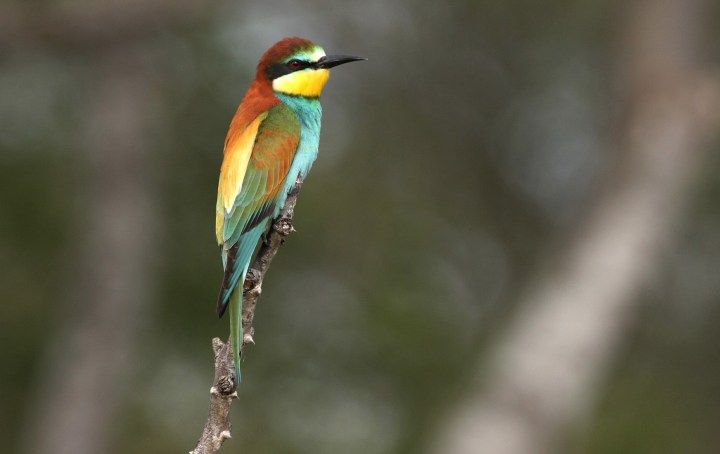
A new compendium of birds, ‘VELD Birds of Southern Africa: The complete photographic guide’, makes it easier for avid and amateur birders alike to explore and appreciate the region’s rich birdlife. Almost 1,000 species can be found between the book’s covers.
Bird photography is an art that requires considerable patience. You might spend hours in remote places, holding the same position and waiting for your “quarry” to make an appearance. When it comes to rarer species, it could be years before you catch a glimpse.
For Burger Cillié, a wildlife photographer with more than 30 years’ experience under his belt, photographing birds is a matter of passion – and, when the perfect shot lines up, a quick trigger finger.
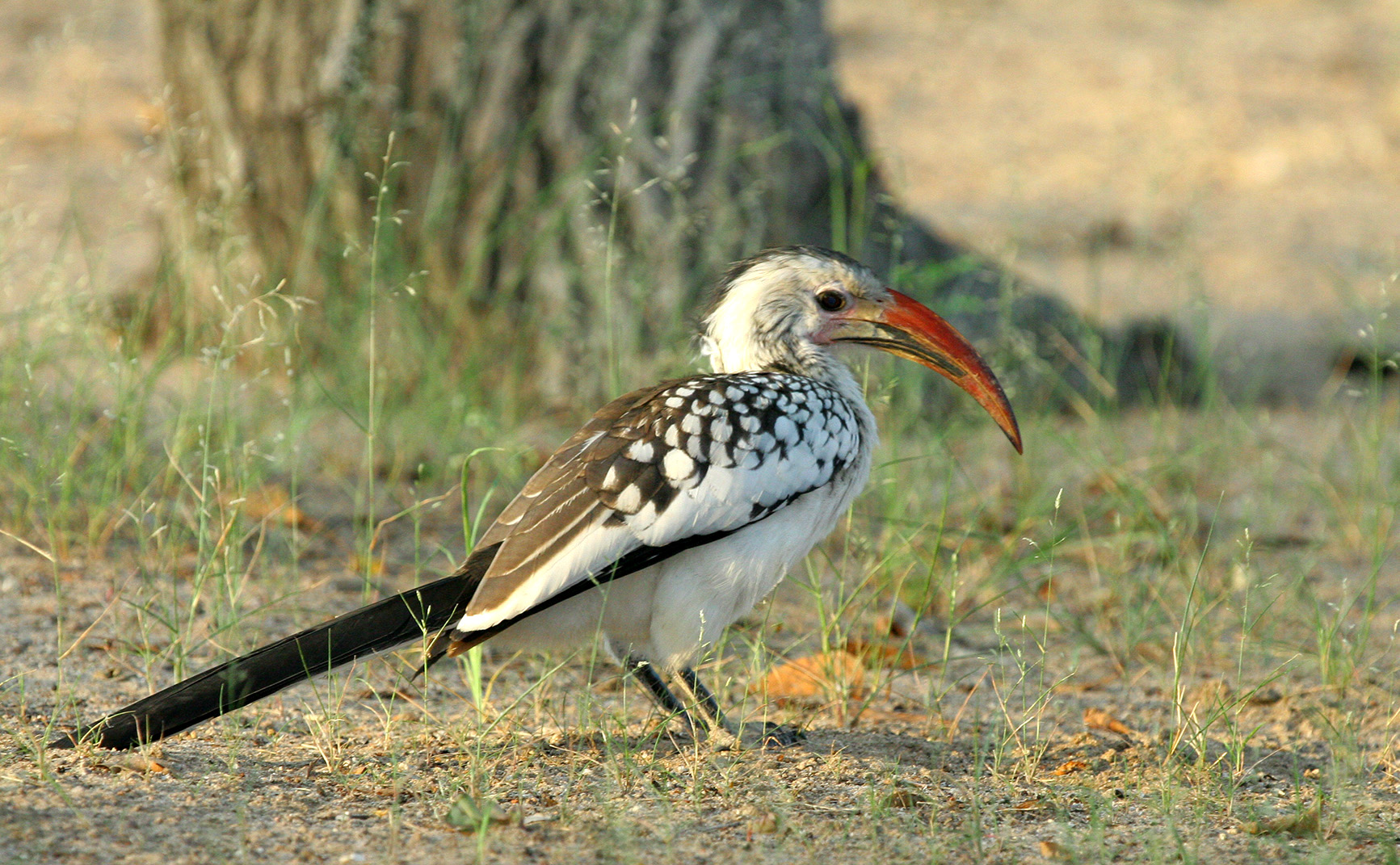
The Damara Red-billed Hornbill. Nearly a tenth of the world’s bird species have been recorded in southern Africa, with over a hundred of these species unique to the region. (Photo: Niel Cillié)
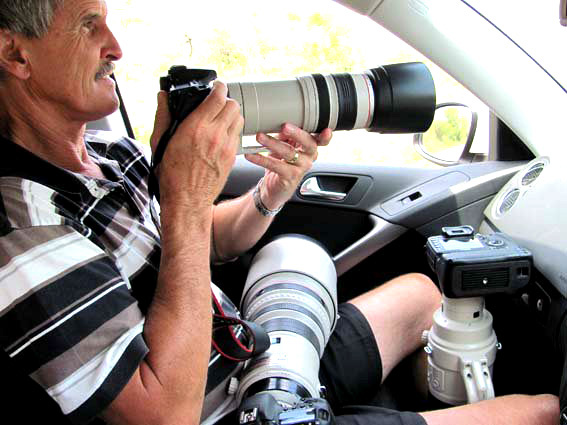
Burger Cillié, one of the book’s authors, captures photos in a game reserve. (Photo: Supplied / Burger Cillié)
The recently published “VELD Birds of Southern Africa: The complete photographic guide”, which Burger co-authored, offers an opportunity to enjoy the fruits of bird photographers’ efforts. The compendium is a visual delight, showing the varied and vibrant birdlife southern Africa has to offer – from the Wandering Albatross to the Lark-like Bunting, from the African Emerald Cuckoo to the Zambezi Indigobird.
“There are just so many beautiful spaces and each with their own unique species that you’ll find only in that specific spot. I mean, the Zimbabwean highlands, the fantastic forests in Mozambique … there are specific species that you can only find there, and I think it makes it so special,” says Henda Boshoff, marketing and project manager for the guide.
Burger’s co-authors are Niel Cillié, bird photographer and author at Game Parks Publishing; Phil Penlington, birder and co-founder of the website BirdPics; Trevor Hardaker, chairman of the BirdLife South Africa National Rarities Committee; and Karin Wiesler, a keen birder with a degree in environmental management.
The book contains entries on 991 species that have been recorded in southern Africa, being the region south of the Kunene and Zambezi rivers, according to the introduction.
The visual experience
The quality of the photography helps to set it apart from other books on the subject. The authors took the time to find the best photos available, including images of “vagrants” – species which occur only rarely in the region, and whose native range lies elsewhere.
“Many of these have not appeared in print before, and they are probably the best set of photographic images of the region’s birds to be seen anywhere,” says the foreword by Warwick Tarboton, bird expert, photographer and author.
Almost all the images show the birds in profile and at rest, allowing a clear view of their distinct characteristics. Where there are differences within species between adults and juveniles, or males and females, pictures of the variations are presented side by side.
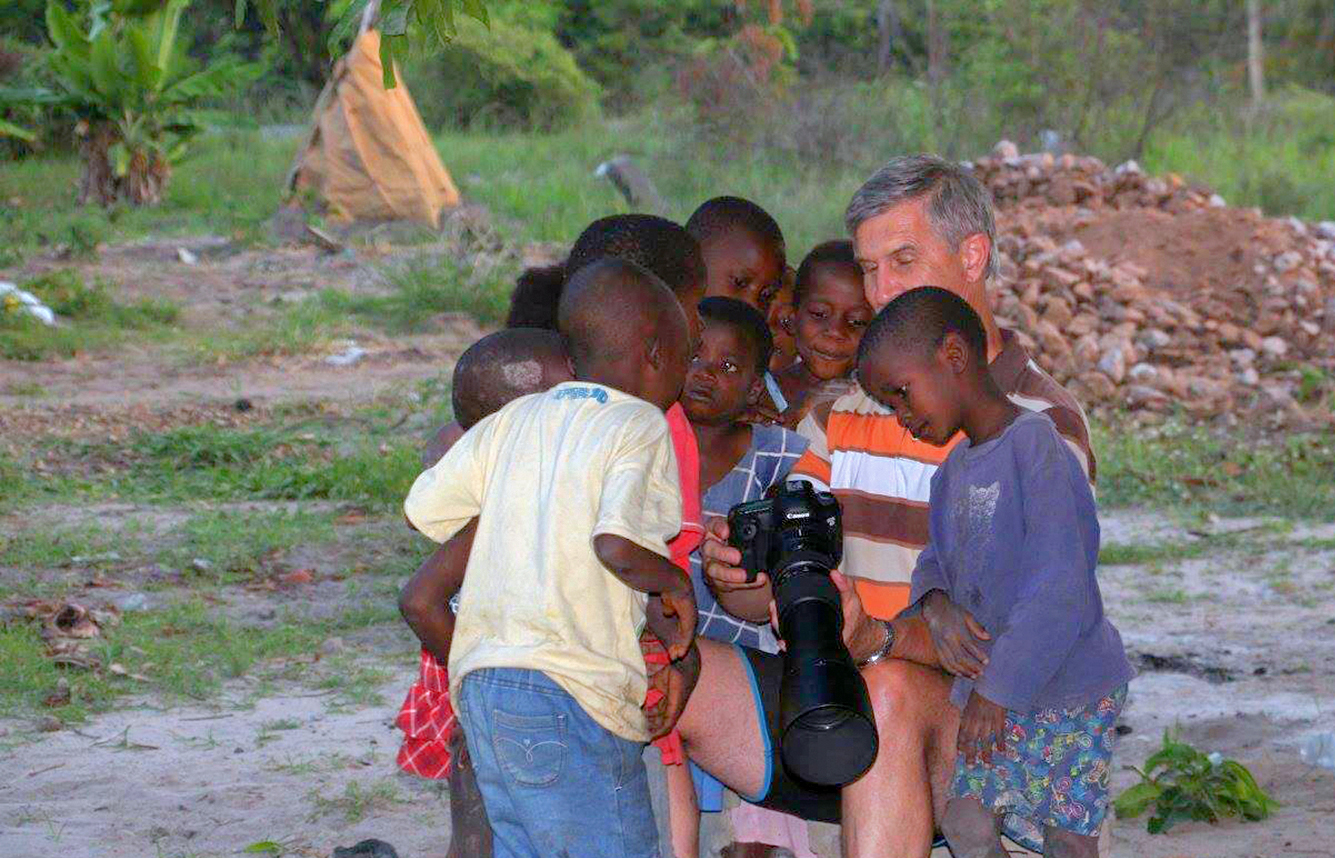
In a village near Beira in Mozambique, children gather around Burger Cillié to see his photographs. He was photographing the Bat Hawks in a nearby baobab tree. (Photo: Supplied / Burger Cillié)
The opening pages include a helpful diagram of the external anatomy of a bird – for those of us who struggle to tell our primary coverts from our upperwing coverts – and a key for the distribution maps that accompany each entry. The maps are colour-coded to show whether species are vagrants, permanent residents, introduced species or summer visitors.
“The maps are really quite unique,” says Henda. “We actually went to a lot of trouble, especially Neil [Cillié], drawing up each and every map with the latest … information.”

Burger Cillié and his son, Niel Cillié, sit on the banks of the Chobe River in Botswana during a birding tour in 2008. (Photo Supplied: Henda Boshoff)
Visit Daily Maverick’s home page for more news, analysis and investigations
Birding on the fly
The book is divided into 15 sections to make navigating the different bird types easier for experts and amateurs alike. The authors used observable characteristics rather than scientific jargon to separate species, says Burger.
Birds are divided into groups such as “Large birds with long legs”, “Seed eaters with a conical bill” and “Swimming waterbirds”.
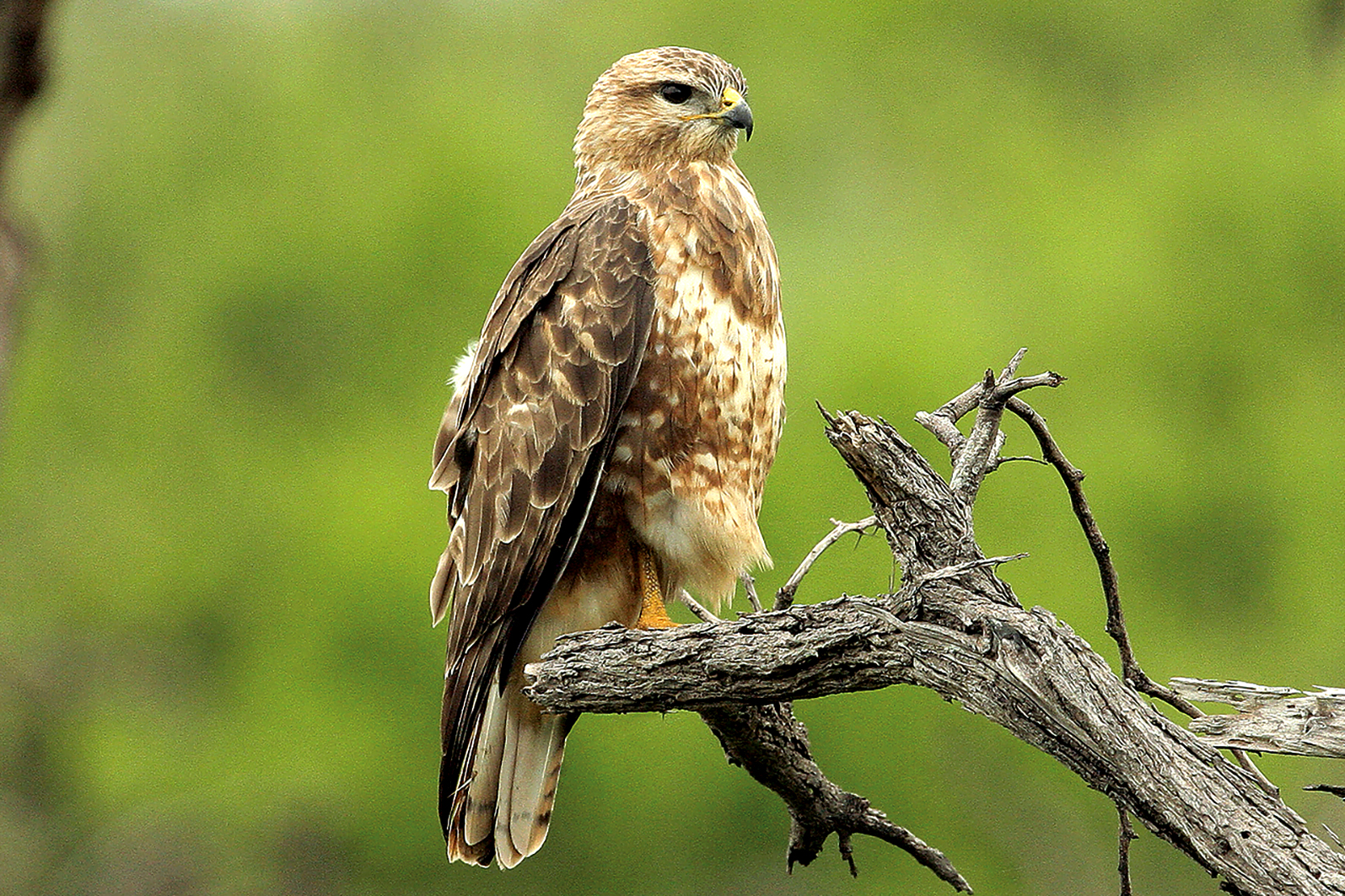
Almost 2,000 colour photographs were sourced for the book, ‘VELD Birds of Southern Africa – The complete photographic guide’. Each entry is accompanied by a map showing the latest distribution data for that species. (Photo: Supplied / Burger Cillié)

Five authors contributed to the book, ‘VELD Birds of Southern Africa – The complete photographic guide’, including Niel Cillié, a well-known birder and bird photographer. (Photo: Supplied / Burger Cillié)
“The idea behind that is to make it quite easy for your not-so-avid birder to … find the birds,” explains Henda.
The BirdScan app was developed in conjunction with the book. By scanning a photo of a bird in the book, users can find a corresponding entry about that species on the app, with additional information, further photographs and audio clips of the bird’s calls.
For all walks of life
The guide is intended to encourage people from all walks of life to start birding, says Henda, including youngsters and those with limited knowledge of birds.
“To us, it’s all about nature and getting everyone involved in it.”
For those who already have a thorough knowledge of the region’s birding scene, the book can still offer something new.
“With the avid birders that we had as authors, they would obviously spend a lot of time with these birds and pick up on interesting behaviour that has never been published before … characteristics, hunting behaviour, nesting behaviour,” says Henda.
“There’s enough information [to] encourage even the old birders who know everything to use it and experience [birding] in a new way.” DM/ML

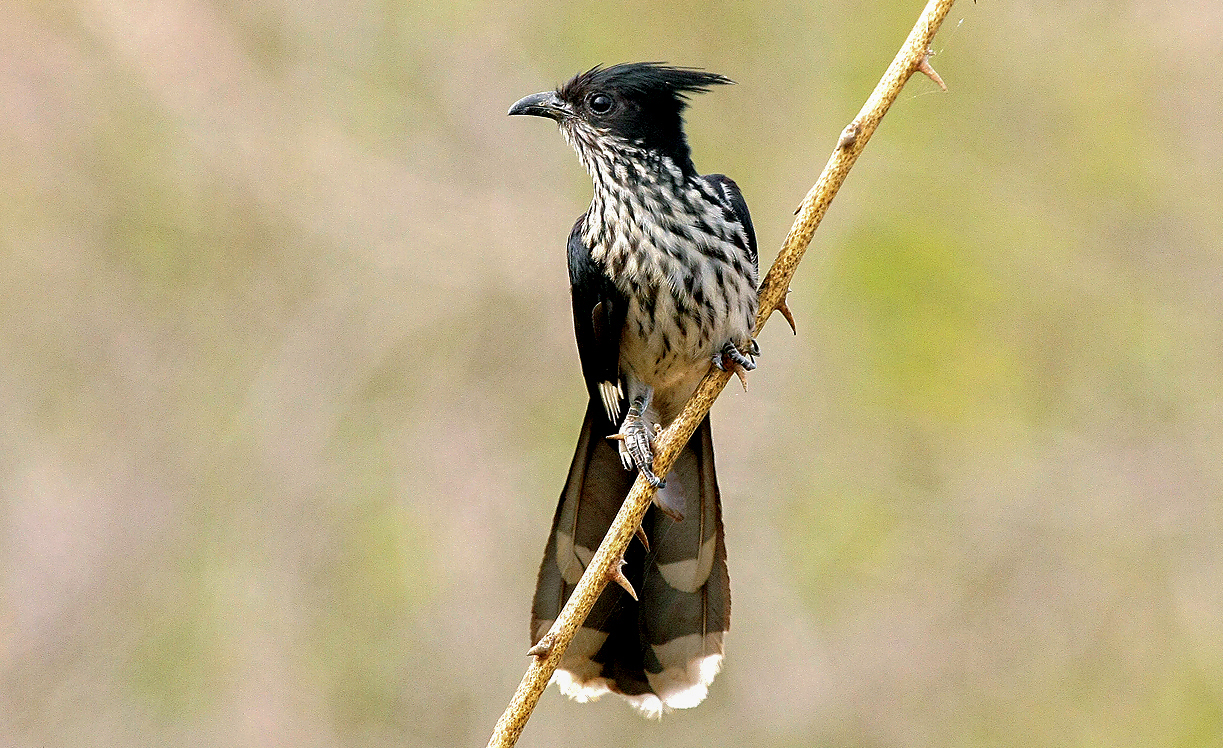
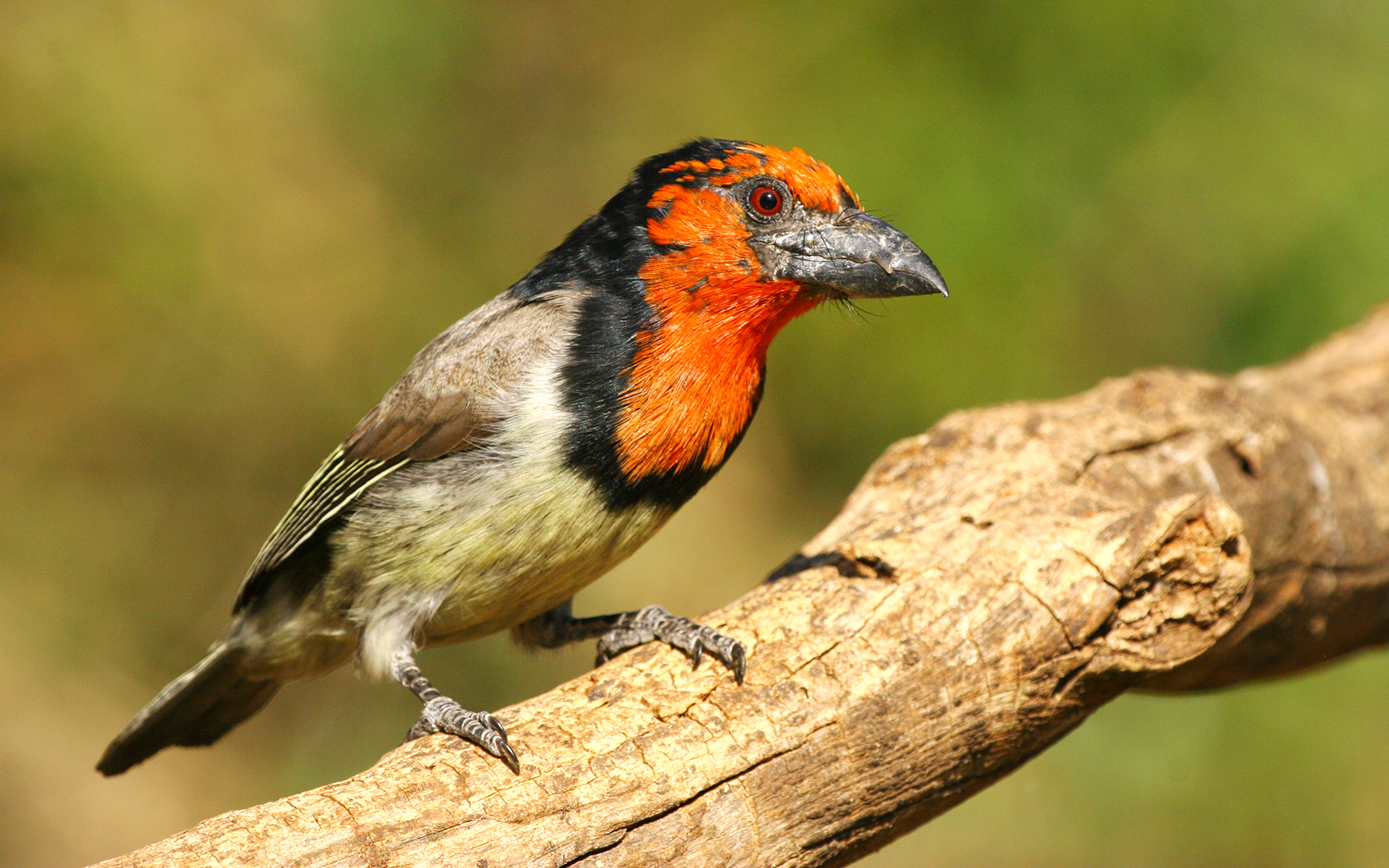
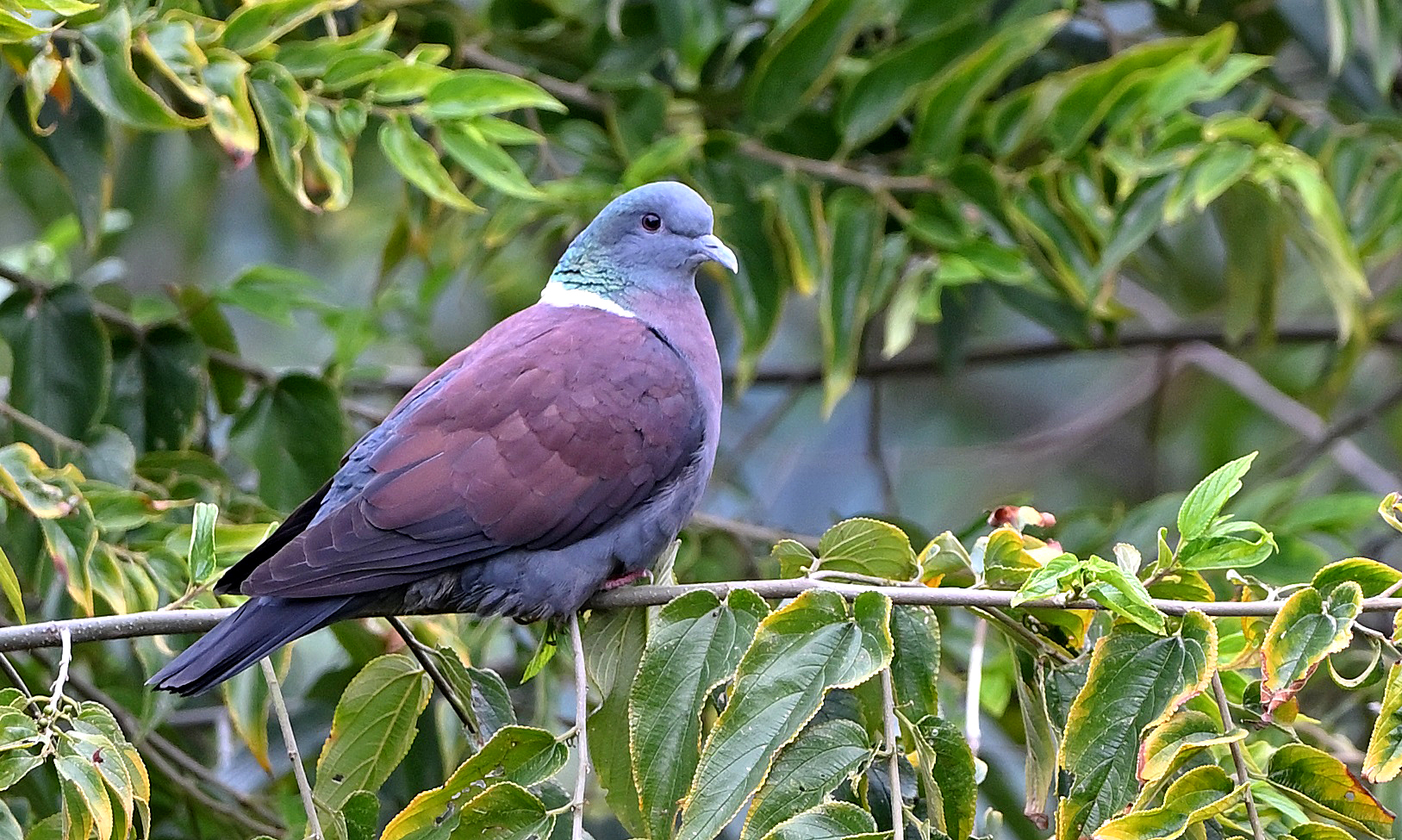
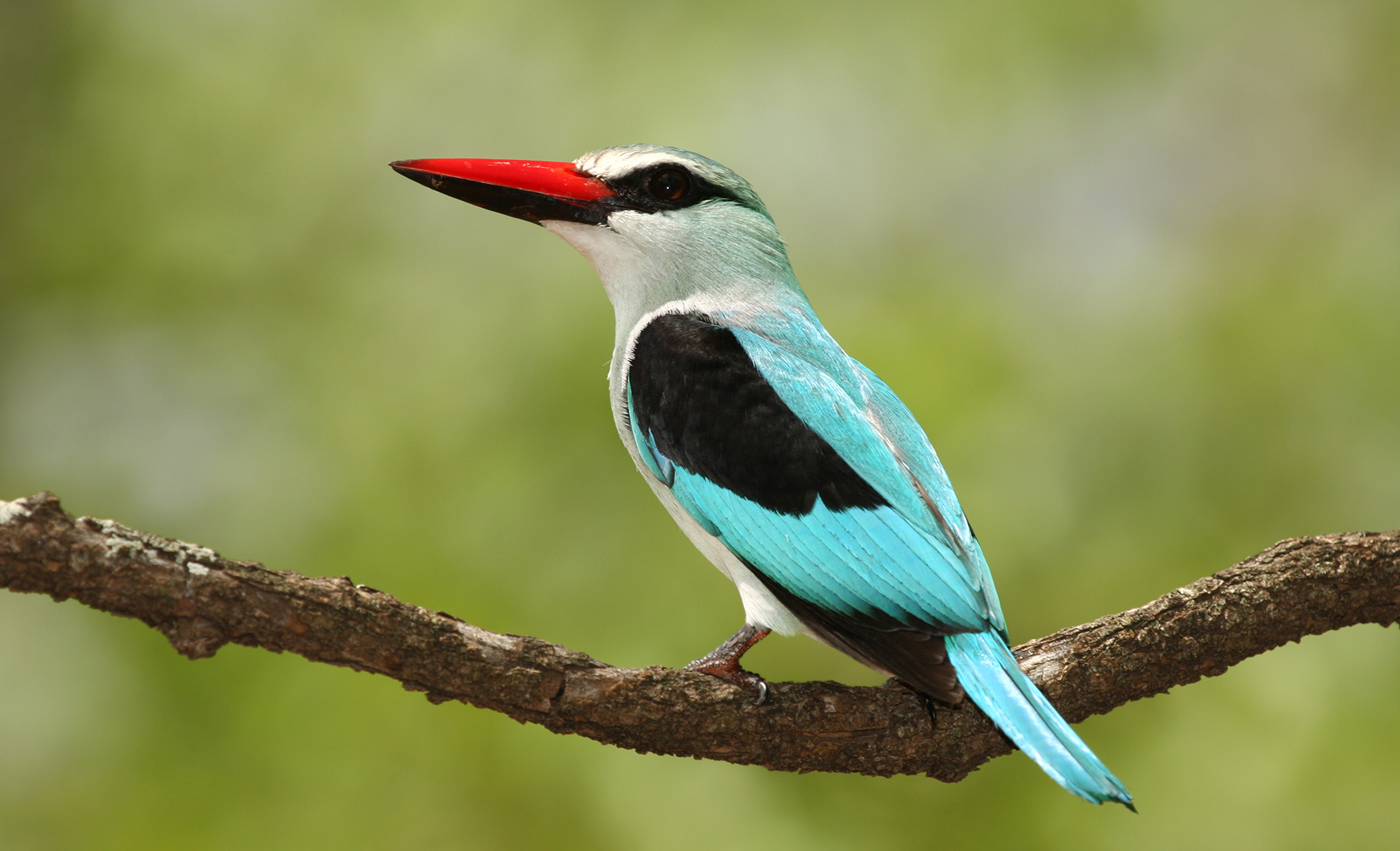



















 Become an Insider
Become an Insider
Excellent Christmas present for our grandchildren and young nieces and nephews – getting them into conservation at an early age. If you start looking at birds, you start to notice nature, the trees they sit in, the flowers they visit, the grass seeds they eat, the impact of pollution and cutting down of tall trees. A new world opens and by looking up you are protecting yourself from looking down and from becoming despondent. Many of the birds in the book visit our gardens every day or fly over our homes. A perfect place to start practising even if you do not have binoculars.